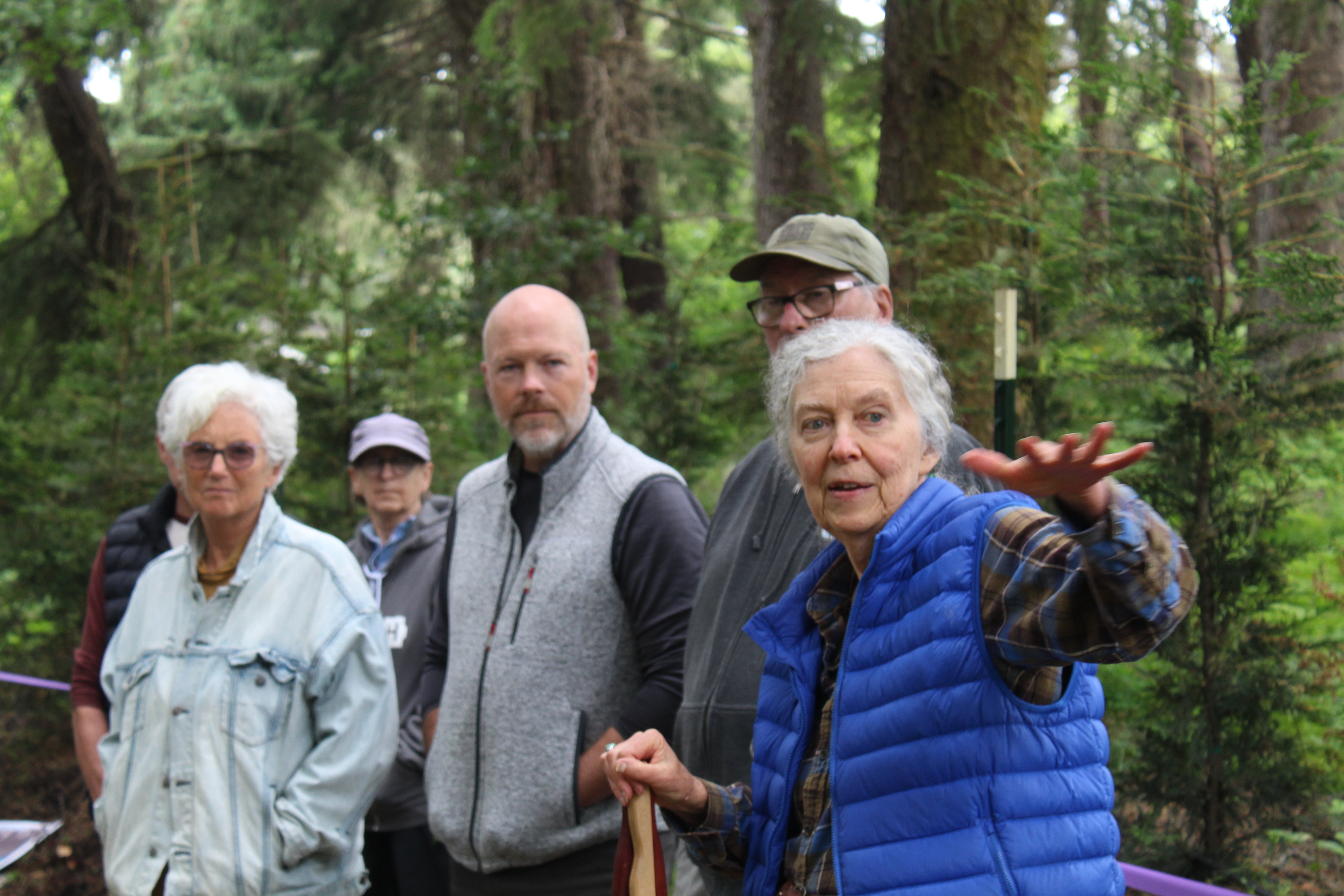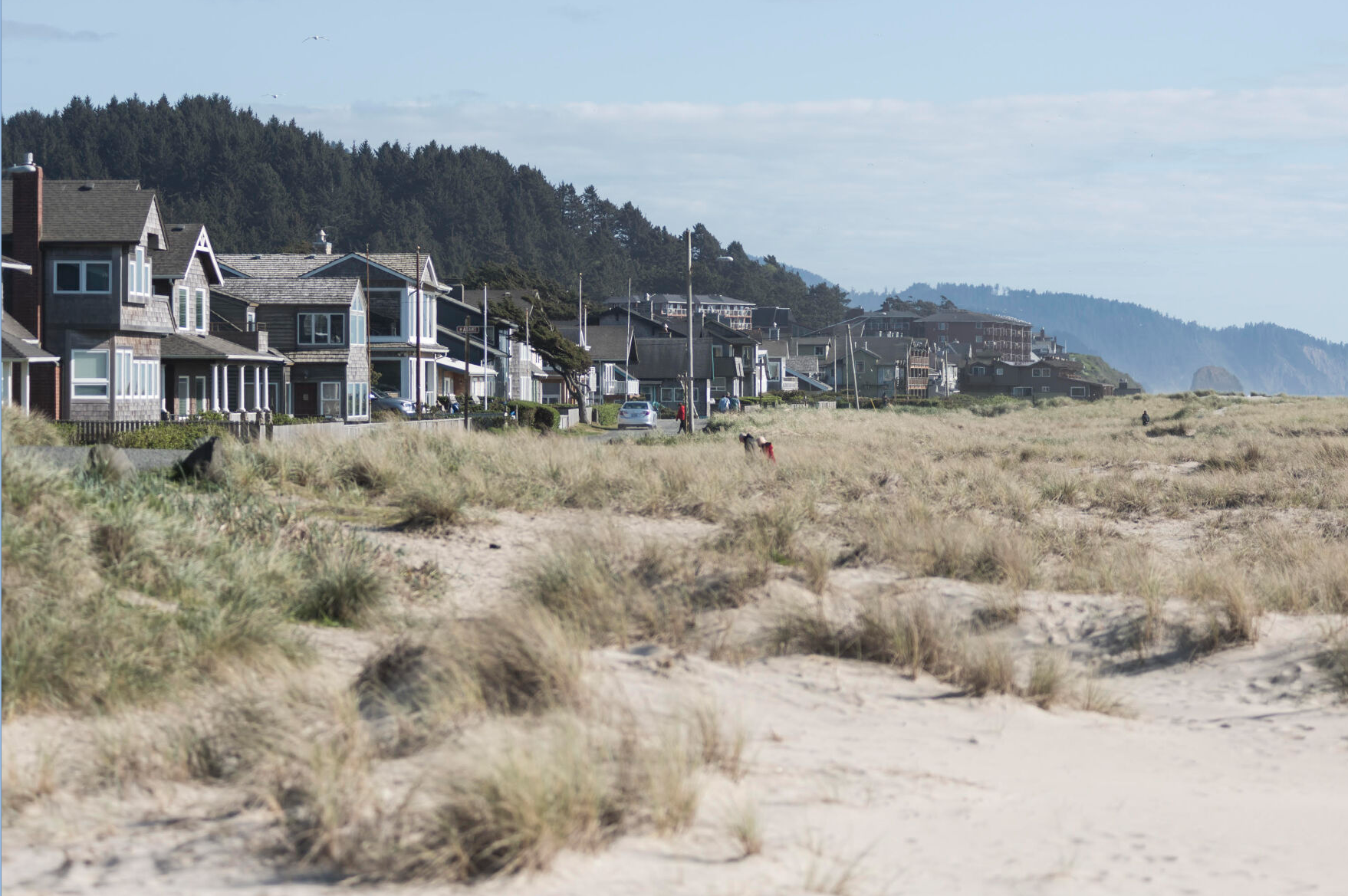1939: Astorians make history
Published 5:00 pm Tuesday, April 8, 2014

- <p>Bobby Anet</p>
Denver writer Terry Freis seventh book, March 1939: Before the Madness, was published in February and already is in its second printing. Its the story of the first NCAA basketball tournament and the turmoil-filled times in which it was played, with a natural focus on the first champions the University of Oregon Webfoots, as they were known in the days before the nickname officially became the Ducks. Frei, an Oregon native whose father coached at the U of O for 17 years, tells the story of the team that included a handful of players from Astoria, including the team captain pictured on the book cover guard Bobby Anet.
Trending
The young men on these 193839 basketball rosters, and the young people in the bleachers and on their campuses, at least subconsciously wondered as the season progressed and war seemed about to break out in Europe: Could America be drawn into it again? And would they have to fight? Basketball and sports could be diversions, but this was a month when world events including Germanys invasion of Czechoslovakia became harder to ignore, even on campuses where goldfish swallowing was an escapist craze. On more than one level, then, theirs was an eventful and even tumultuous March a March before the Madness.
What follows is a slightly condensed and edited (for context) version.
Chapter 2: Fishermen
Trending
Bobby Anet and Wally Johansen lived across the street from each other in Astoria, on the south shore of the Columbia River and only six miles from where it flows into the Pacific Ocean at the extreme northwest tip of Oregon. Both born in August 1917 and only 15 days apart in age, the boys were inseparable ever since well, since at least as far back as they could remember.
Despite its well-deserved image as a haven for Finnish immigrants, many of them gill-net fishermen, Astorias populace was diverse. Heck, there werent only Finns; there also were many Swedes and Norwegians. And, as years went on, Chinese and Japanese immigrants also joined the labor force.
Anet and Johansen were raised in Astorias Uniontown, or what also was called Finntown or Little Helsinki. Although their Lincoln Street was too hilly for a hoop, they knew the other hotspots in town, and if local drivers came across a street basketball game in progress, they stopped for a suitable break in the action and a wave-through before they proceeded.
Everybody knew the local protocols in Astoriaand, for the most part, followed them.
Founded in 1811 as Fort Astor by John Jacob Astors American Fur Company, the towns character and economic lifeblood were reflected in Astoria Highs athletic team nickname: Fishermen.
In the late 19th century, the area was the worlds largest source of salmon, but the aggressive harvesting took its toll and by the 1920s, the fishing industry, while still viable, had slowed. A devastating 1922 fire destroyed 32 blocks, roughly one-quarter of the downtown, and about 200 businesses, including a logging mill.
Wooden plank streets fueled the fire, and the rebuilding efforts and strategies recognized that it was imperative to replace all streets with pavement, an expensive proposition. For a brief time, the Ku Klux Klan gained a foothold in Astoria, but its influence waned and a Klan burning of a 35-foot cross on the areas Coxcomb Hill in 1925 was considered a last hurrah.
Bobby Anets grandfather and grandmother came to the United States in the late 1870s, shortening the family name from its original Anetjärve (people by the lake) and settling in Astoria after a brief residency in Michigan. After a failed 1896 fishermens strike against the canneries and their fish trapping methods, about 200 of the Finns formed their own Union Fishermens Cooperative Packing Company, and it flourished, becoming the biggest in Astoria.
Bobbys father, Charles Anet, became the secretary-treasurer of the cooperative and also was involved in other businesses, including the area lumber mills. He married Hilda Urell, a Swedish-Finnish woman seven years his junior, and they had four children, two boys and two girls. The familys four-bedroom home reflected an upper-middle class status, even in the Depression years. One of the family pastimes was to look out from the house on the hill, down to the Columbia River, and watch the ferry run between the Oregon and Washington sides. At one point, Bobby and his younger brother, Cliff, and their friends constructed homemade sailboats out of salmon boxes and tried to race the ferry across the river. If Bobbys ramshackle boat had capsized, someone else might have been the Oregon Webfoots captain in 193839. Some folks on the ferry grinned at the boys nerve, but the crew was not amused.
Hilda Anet got a phone call from the captain. Get those kids off the river right now! he roared. From then on, Hilda was even more encouraging of Bobbys passion for sports.
Across the street, Wally Johansens father, Arthur, was a fireman and his mother, Anna, was a housewife.
In the wake of the huge fire, Anet and Johansen and all the Astoria boys of their generation were excited when the new Liberty Theater opened in 1925 as part of the rebuilding of downtown. In the tradition of the times, silent movies were shown around Vaudeville-type acts. The next year, schoolchildren reveled in a three-day Astoria celebration to commemorate the opening of the Astoria Column, a 125-foot high monument decorated with 14 paintings of Astoria historical significance. The Column became a mandatory stop for visitors and tourists and a source of pride for local residents.
Anet and Johansen went though the towns youth basketball program together, winning a state age-group title playing for young YMCA physical director and coach Dick Strite, who took great pride in the progress of his young charges. Born in Maryland and raised in New York, Strite was a star athlete at the YMCA-run McBurney Prep School in New York and a lifeguard on Long Beach in the summers. He then attended the YMCA-run school in Springfield where James Naismith, then a YMCA physical director himself, invented the game. (At the time, it was called the International YMCA College.) After returning to New York, he got his YMCA career started in Brooklyn. Soon, though, he succumbed to the urge to head west to join his brother, Dan, and they worked together in the lumber trade in the forests near Garibaldi, in Oregons Tillamook Bay area. Calling on his YMCA experience and connections, Strite soon landed the physical director job at the Astoria Y and got out of the forests.
Astorias population dipped from around 14,000 in 1920, to about 10,000 in 1930, and basketball could be a distraction. As Anet and Johansen reached Astoria High, their coach was the beloved Honest John Warren, a native of eastern Oregon who got into coaching at Astoria following his football career at the U of O and his 1928 graduation. Realizing he knew far more about football than basketball, he attended summer basketball coaching camps in the early years of his Astoria tenure. A quick learner, he guided the Fishermen to four state high school basketball championships in six seasons in 1930, 32, 34, and 35. In writing about Warrens early teams, the Oregonians L. H. Gregory, who became sports editor at the states largest newspaper in 1921 and never felt as if writing about high school sports and athletes was beneath him, labeled them the Flying Finns, but was corrected and told there was only one Finn on the team. By the time the 1934 and 35 teams also won state titles, though, the nickname fit. The boys from Lincoln Street, plus several other Finnish boys, were instrumental in winning those final two titles. The Fishermen were 39-4 and beat Klamath Union in the 1934 championship game, then repeated in 35, going 40-4 and knocking off Portlands Jefferson High to win the title.
Part II, Wednesday, April 16, team members move on to the University of Oregon.









